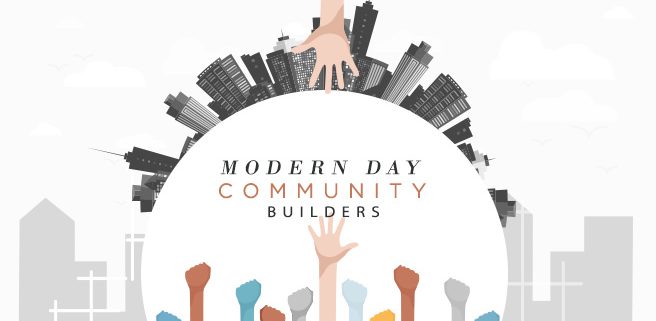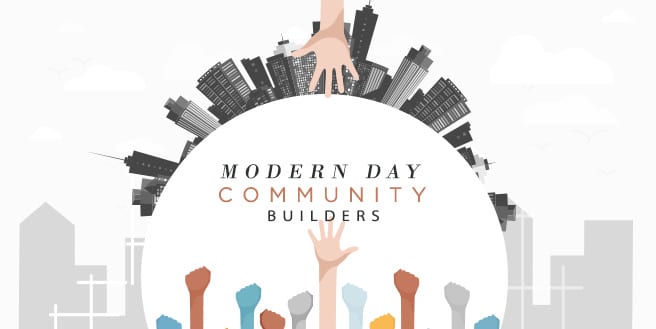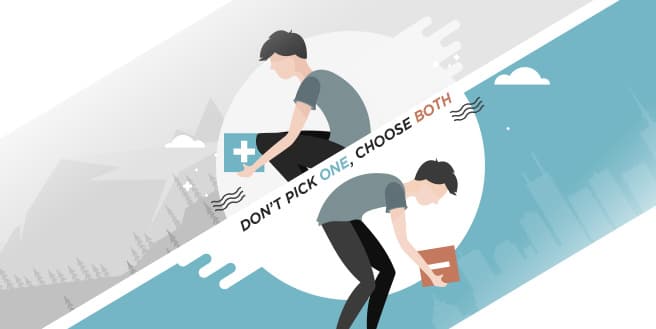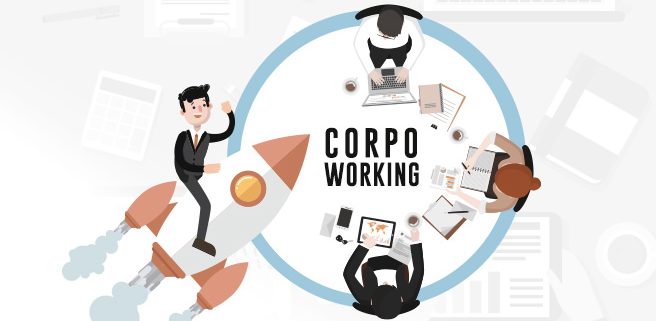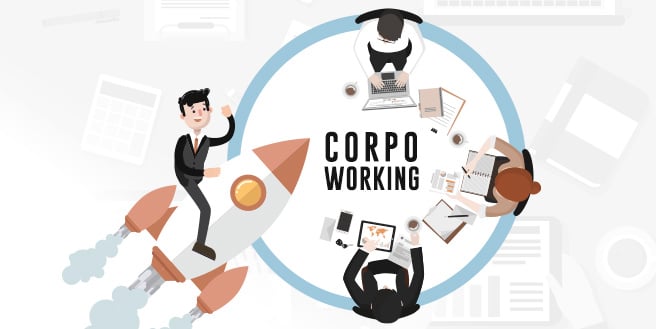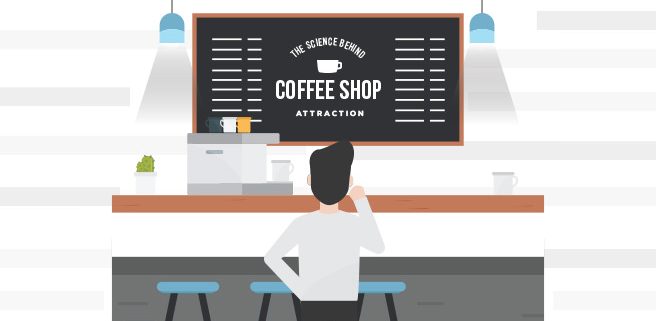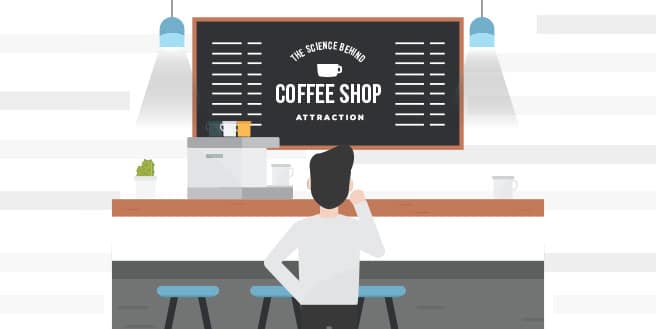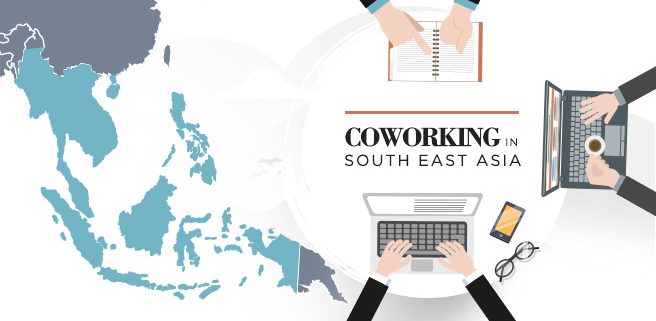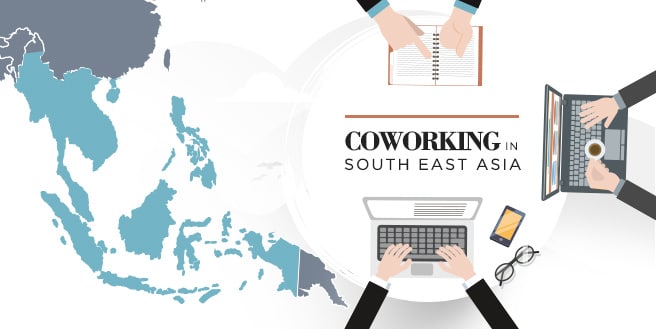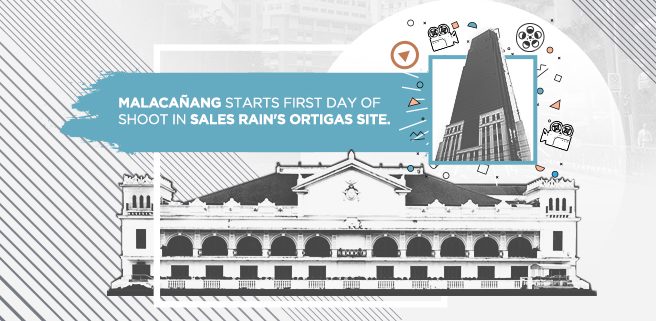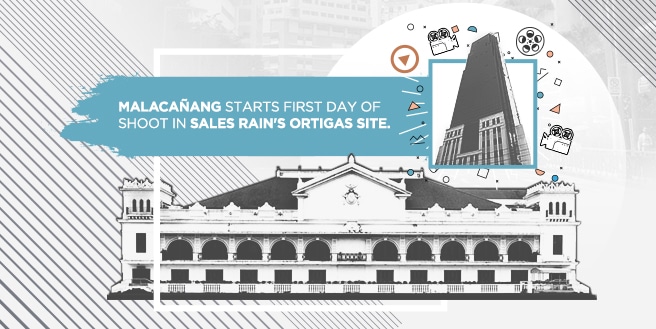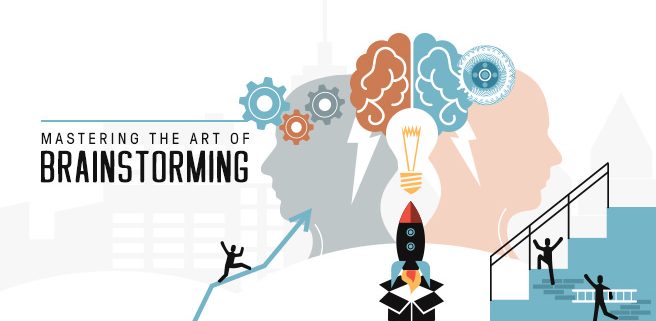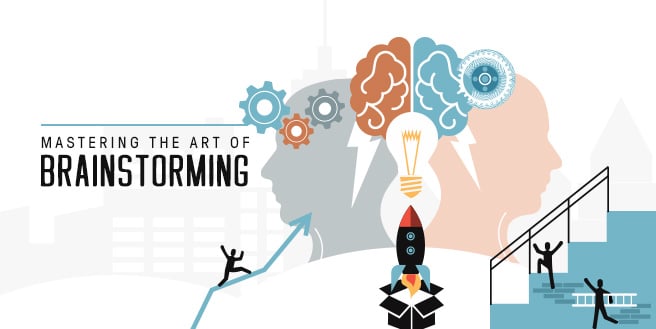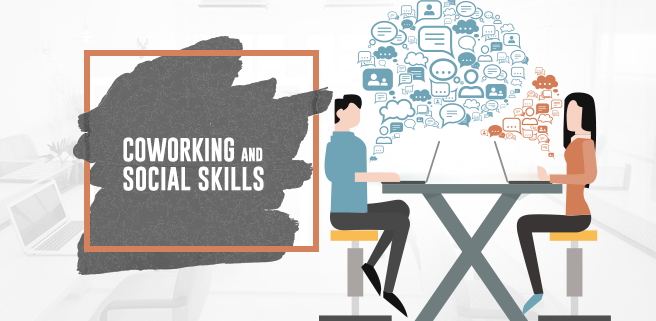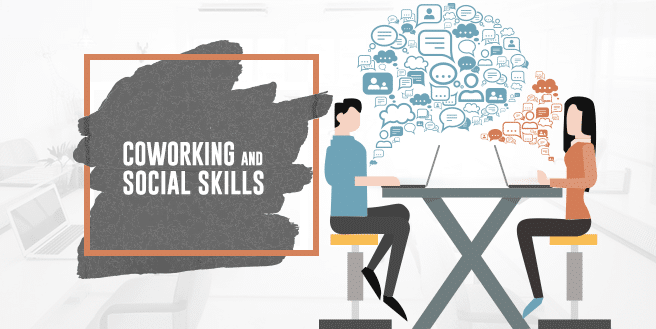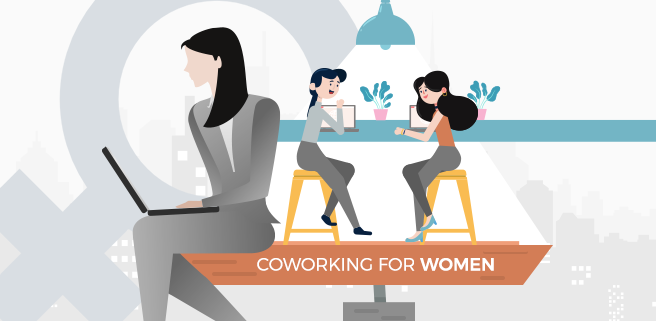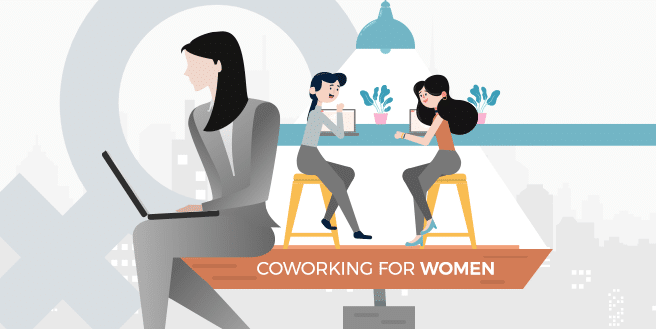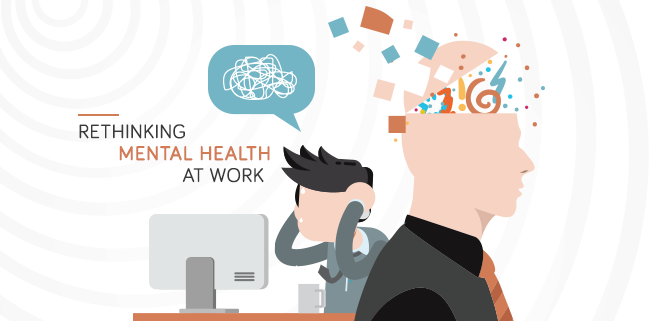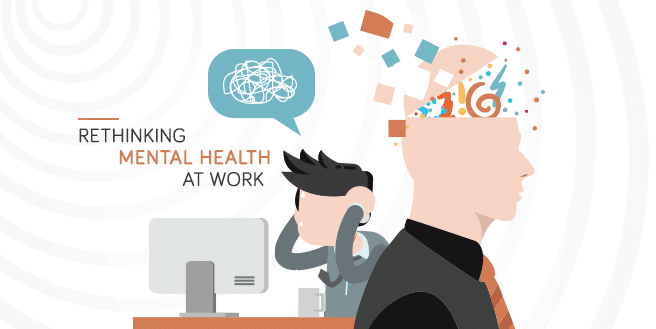The Third Place, a Modern Day Community Builder
American urban sociologist Ray Oldenburg said in his award winning book entitled The Great Good Place; humans have three main places they go to in their whole life and as individuals, they should see to it that they spend a balanced amount of time in those environments.
Oldenburg describes the first place as our home or our foundation. Our workplace as the second one and the third place being a space distinct for socializing with like-minded peers. In his book, he emphasizes its importance and how it could help build communities in neighborhoods and even to organizations.
Today’s generation of urban planners and designers now utilize it in strengthening humankind’s sense of community.
The Third Place
At first glance, Oldenburg’s description of the third place seemed vague. He coined the term to define a social surrounding separate from the two usual social condition of the home and the workplace. They are the “anchors” of community life that helps foster broader interaction among individuals.
The book suggested specific hallmarks that makes a “true third place”. Oldenburg says that first and foremost, it should be free or inexpensive. Food and drinks are important, though not essential. Its location needs to be highly accessible or proximate for many at the very least. Its vibe should be welcoming and comforting.
Fellow scholars have summarized his view of third places as a neutral ground wherein occupants are not tied down to the area and can go whenever they please. It puts no significance to an individual’s status in a society. Their economic or social standing does not matter in these environments. Its main focus of activity is playful and happy interaction although it’s not required to be the only activity. It is readily accessible to everyone and can accommodate their needs.
Oldenburg suggested that its existence is a must for a healthy life. Moreover, he advocated that it brings several important social values by discussing its historical role to the American Revolution.
Several suburban developments are now using ‘third places’ to address the deterioration of the American community. As a result, office space providers saw an opportunity for a new kind of workplace that can reframe interpersonal interactions of employees.
Modern Offices
The annual Staples Advantage Workplace index provides an overview of the latest workplace trends and sentiments from several business decision makers and employees from both US and Canada.
Last year’s presentation highlighted the increasing number of workers facing longer hours; resulting to an augmented feeling of stress and being tied to their desks. More and more professionals are looking for ways to fight dullness in the office while a handful of them are moving to healthier spaces that can provide them with a new environment.
The index also showcased a growing demand for designated collaboration spaces and public spaces. And it’s not only coming from the younger generation, majority of the respondents that they find this feature most interesting in an office.
The concept of third places have become the most common solution to the predicaments today’s workplace is facing. And the rise of the ever popular shared offices and coworking spaces, is living proof of the need for a middle ground where work and casual meaningful interaction meets.
These unorthodox work areas take pride in the community they curate among like-minded individuals. Members are gratified with the connections they make and the work that they do. And this alone isn’t just coming from their individual opinions and reactions, surveys from around the globe back this up with statistical figures; clearly strengthening Oldenburg’s claims.
And though admittedly, third places won’t solve all of the problems present in today’s modern offices, we also can’t ignore the rewards it has provided us with. Moreover, it certainly meets the needs of the diverse multi-generation labor force.
By coming up with the appropriate flexible layout for your own team, it can be of value to the business. Lastly, as Oldenburg said in the book, it breaks down all the barriers between people and creates a positive public sphere that anyone of stature can enjoy.
Who knows, it can just be what your team needs. Talk to us today and get a sneak peek of a true third place.

